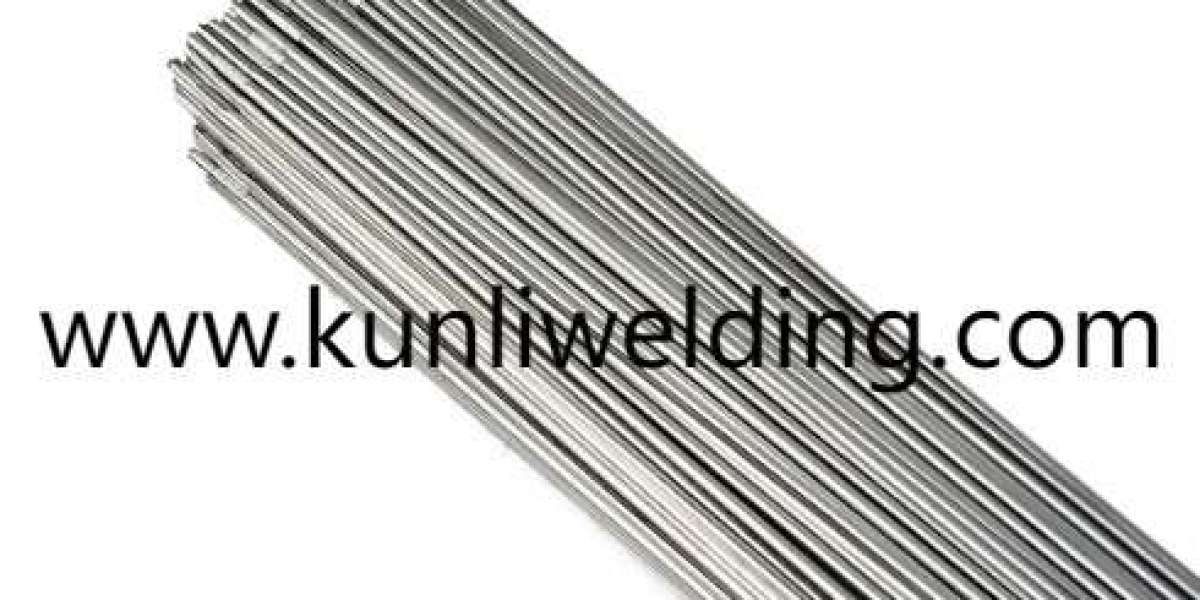When fabricators assess material options for demanding welding applications, Aluminum Welding Wire ER5183 often emerges as a contender due to its enhanced mechanical performance and stable weld characteristics. While ER5356 has historically dominated many general-purpose uses, the evolving demands of industries like transportation, shipbuilding, and structural fabrication have sparked renewed interest in alternative wires that meet higher stress and corrosion resistance thresholds.
Understanding the Differences Through Practical Demands
Global trends show a push for lightweight solutions in vehicle platforms, marine projects, and renewable infrastructure. In such environments, the weld metal's mechanical resilience is key. This is where ER5183 demonstrates its value, particularly for critical structural applications. Unlike ER5356, which is suitable for moderate-strength applications, ER5183 is favored for tasks requiring higher strength under variable loads or in harsher climates.
Surface Integrity and Visual Consistency
Architects and designers who focus on visible welded joints also weigh weld appearance heavily. ER5356 tends to produce brighter finishes and is easier to color match during anodizing. However, ER5183 remains competitive where surface consistency and strength are equally prioritized. For manufacturers balancing visual appeal with technical reliability, evaluating the base metal pairing becomes essential.
Industry Shifts and Technological Alignment
Welding automation and robotic arms are now common in mass production, pushing wire manufacturers to enhance precision in their products. ER5183 performs well in these systems due to its stable feedability and minimal spatter under programmed parameters. While ER5356 also feeds reliably, it may not deliver the same post-weld strength for certain alloy combinations. For engineers prioritizing long-term performance, ER5183 can provide peace of mind in structures exposed to vibrations or environmental pressure.
Sustainability and Lifecycle Demands
Eco-friendly design is no longer optional in many regions. High-performance materials like ER5183 align with this shift by contributing to the longevity of fabricated components, which reduces the need for frequent replacement or repairs. As more manufacturers track lifecycle carbon output, the choice of aluminum wire plays a subtle but significant role in overall sustainability goals.
Cost vs Capability Considerations
While ER5356 may offer cost advantages in initial procurement, project scope and failure tolerance often dictate the final wire choice. If a component demands fewer service cycles and greater weld integrity over time, ER5183 becomes a strategic investment. The decision is rarely binary; rather, it depends on each project's structural, environmental, and aesthetic goals.At www.kunliwelding.com, manufacturers can access technical support and product guidance for selecting between these two popular wire types. The company's ongoing focus on production quality and process innovation ensures that both ER5183 and ER5356 are manufactured to high standards for a variety of industries and global markets.



